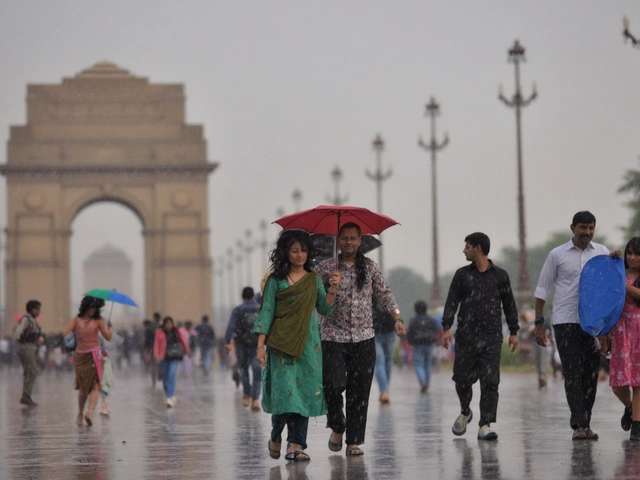Hailstorm Alert: What You Need to Know Right Now
Hailstorms can strike without much warning, turning a sunny day into a dangerous mess in minutes. If you live in an area where thunderstorms are common, you’ve probably heard the word “hail” more than you’d like. This page pulls together the most useful info about hailstorm alerts so you can act fast and stay safe.
First, let’s clear up what a hailstorm actually is. Hail forms inside strong up‑drafts of a thunderstorm. Tiny water droplets get tossed up, freeze, and then fall back down as ice balls. The bigger the up‑draft, the larger the hailstones. Those stones can range from the size of a pea to a golf ball, and they can cause serious damage to cars, roofs, and even people.
When meteorologists issue a hailstorm alert, they’re warning you that conditions are right for this kind of ice rain. An alert usually means either a high chance of hail in the next few hours or that hail has already been reported nearby. The alert helps you take quick action—like pulling your car under cover or moving pets indoors.
How to Recognize an Incoming Hailstorm
Spotting the signs early can give you precious minutes. Look for dark, low‑lying clouds that move quickly across the sky. If the temperature drops suddenly and the wind picks up, you’re likely seeing the storm’s up‑draft forming. You might also hear a low rumble before the first hail hits the ground.
Most weather apps and local news stations will flash a hail warning icon. Keep your phone’s notifications on for weather alerts, or set up a weather widget that shows real‑time warnings. Even if you don’t have an app, a quick glance at the sky can tell you a lot—dense, gray clouds that look like a blanket often bring hail.
Quick Safety Steps During a Hailstorm
When the warning hits, act fast. The safest place is indoors, especially in a room without windows. If you’re driving, pull over under a sturdy shelter—like a garage or a covered parking spot. If that’s not possible, stay inside your car, keep your windows up, and turn on the radio for updates.
Protect your pets and livestock by moving them into a barn or a house. Cover anything that can be damaged—bicycles, lawn furniture, and grills—with a tarp or a blanket. If you’re outside and can’t get inside quickly, crouch low, protect your head with your hands, and avoid standing near trees that could drop branches.
After the storm passes, check for damage. Look for dents on your car, cracks in your windows, or missing shingles on your roof. If you find any significant damage, contact your insurance company right away and take photos for documentation.
Staying informed is the best defense. Sign up for local alert services, use a reliable weather app, and keep an eye on the sky during the storm season. A small amount of preparation can keep you and your belongings safe when hail comes crashing down.
Hailstorm Alert for 38 Districts in UP: Respite from Heat with a Twist
The IMD has announced a hailstorm alert in 38 districts of Uttar Pradesh, possibly bringing some relief from the prevailing heat. Accompanied by strong winds, this weather event may temporarily ease the scorching conditions. Residents should brace for light rain and storms in various regions, while persistent heatwaves are expected in others. Meanwhile, Delhi faced a dust storm disrupting flights and traffic.





